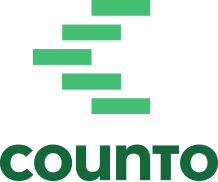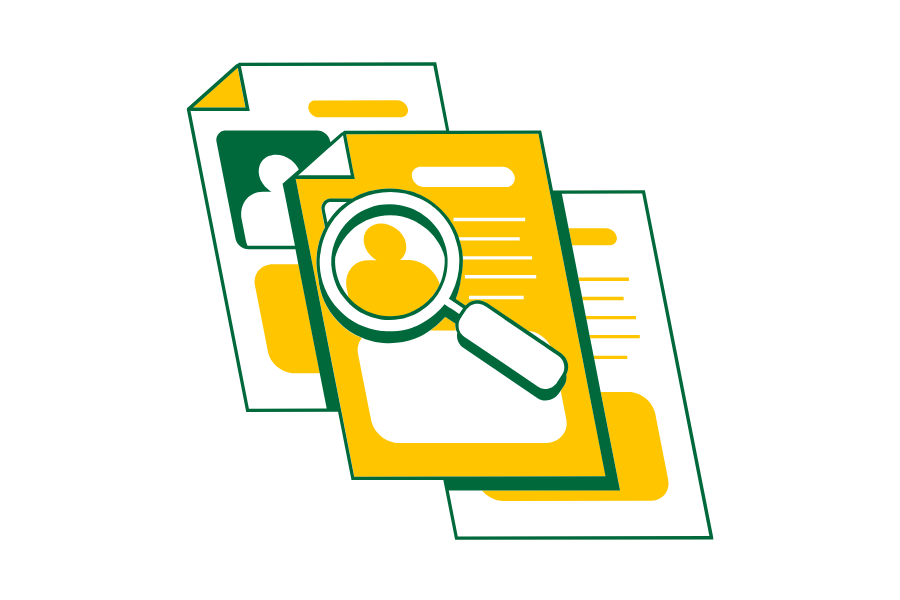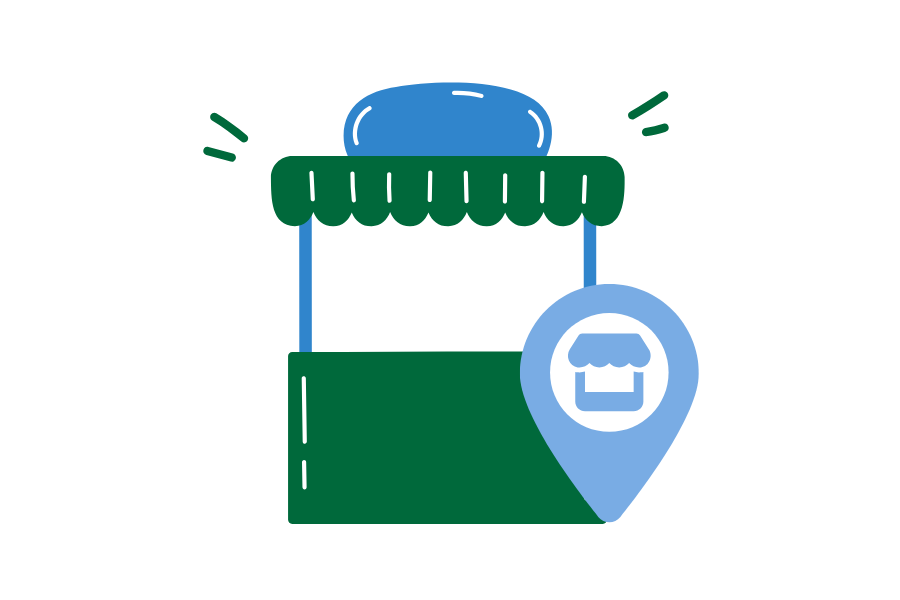Maternity Leave in Singapore: 2025 Guide for Small Business Owners
If you employ staff in Singapore, maternity leave isn’t something you can afford to overlook. With new rules kicking in from April 2025, understanding your obligations isn’t just good HR — it’s a critical part of staying compliant, avoiding penalties, and managing your cash flow effectively.
Here’s what every small business owner should know about Maternity Leave in Singapore — from eligibility and payment to CPF and reimbursement.
Who Qualifies for 16 Weeks of Maternity Leave?
Your employee is eligible for 16 weeks of paid maternity leave if:
- She has been working for you continuously for at least 3 months before the child’s birth
- The child is a Singapore citizen
- She is legally married to the child’s father
This is covered under the Government-Paid Maternity Leave (GPML) scheme.
If she doesn’t meet the above criteria — say, the child isn’t a Singapore citizen — she still qualifies for 12 weeks of maternity leave under the Employment Act.
Reimbursement Limits (2025)
From April 2025, these are the caps:
- First and second child: Reimbursement for the last 8 weeks, up to $20,000 per child (capped at $10,000 per 4 weeks)
- Third child onward: Reimbursement for the full 16 weeks, up to $40,000 per child
Employers pay the salary upfront, then file claims via the Government-Paid Leave (GPL) Portal. Reimbursement must be claimed within 3 months from the end of maternity leave.
Keeping track of claim deadlines and limits is key — especially when balancing payroll responsibilities and month-end processing.
✅Don’t risk costly payroll penalties. Let our experts manage your payroll compliance end-to-end. Learn about our service here.
CPF Contributions During Maternity Leave
Yes, CPF still applies.
If maternity leave is paid — whether partially or fully reimbursable — CPF contributions must continue as usual. This includes both employer and employee portions. Treat this as part of regular payroll obligations, not something to skip or defer.
When and How Maternity Leave Is Taken
Your employee can begin maternity leave up to 4 weeks before the expected delivery date.
The leave can be:
- Taken continuously for 16 weeks, or
- Spread out flexibly over 12 months (if you agree to it)
If you don’t already have a clear policy for flexible leave, it’s worth formalizing one. It avoids confusion and helps with manpower planning.
Legal Protections: What’s Changed in 2025
With the latest amendments, the law now provides stronger protections for employees on maternity leave:
- Employers cannot dismiss employees on maternity, paternity, or shared parental leave
- This includes unwed and adoptive parents
- Employees must now give 4 weeks’ notice before starting their leave
These rules strengthen family-friendly workplace policies in Singapore — and they place more responsibility on employers to stay organized and compliant.
Why Maternity Leave Planning Matters to Small Businesses
In a small team, the impact of one employee going on extended leave is significant — both operationally and financially.
Here’s why forward planning makes a difference:
- You’ll need to adjust payroll and CPF schedules accurately
- Reimbursement claims must be timely and well-documented
- Leave balances, notice periods, and eligibility need to be tracked clearly
- Manpower planning should be proactive, not reactive
Getting this wrong doesn’t just risk a fine — it can lead to messy back-pay calculations, missed reimbursements, or strained working relationships.
Summary
Maternity leave compliance is more than a checkbox — it’s part of running a responsible, well-structured business. When payroll, CPF, and government filing systems are well managed, these requirements stop being stressful and start becoming routine.
Staying ahead means having the right processes in place. That includes accurate record-keeping, timely submissions, and a clear understanding of each employee’s entitlements.
Expert Payroll Services, Zero Hassle
Running payroll shouldn’t keep you up at night. Our in-house payroll team handles all the complexities—from withholding calculations to tax deposits. We ensure compliance, manage deadlines, and keep your books updated automatically.
Get comprehensive payroll support without the need for multiple providers. Your dedicated Customer Success Manager is just a message away for any questions.
Ready to get started? Chat with us now, email [email protected], or use our contact form.
Here are some articles you might find helpful:
HRMS Systems in Singapore: What Every Small Business Owner Should Know
Digital Banking in Singapore: What Small Business Owners Need to Know in 2025







